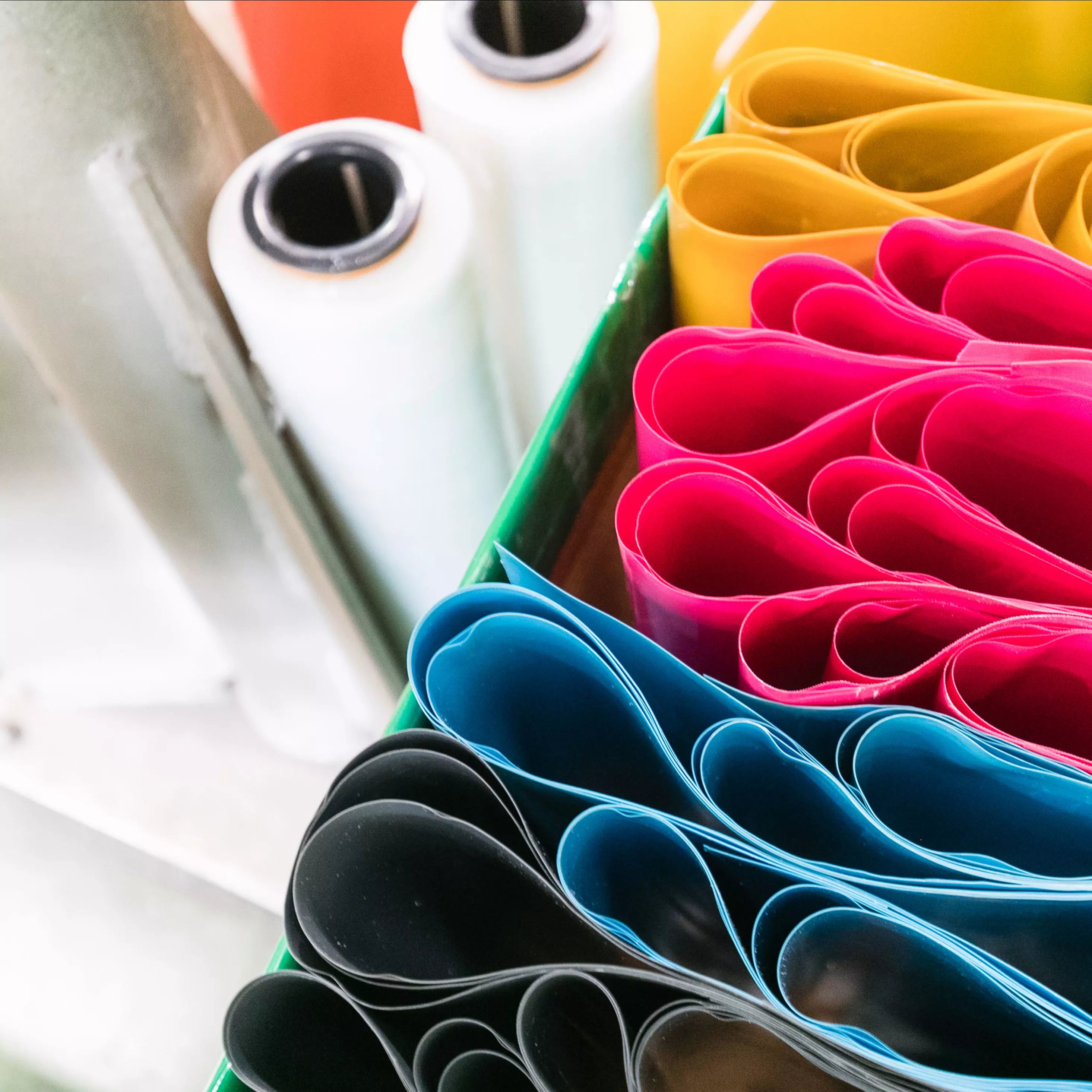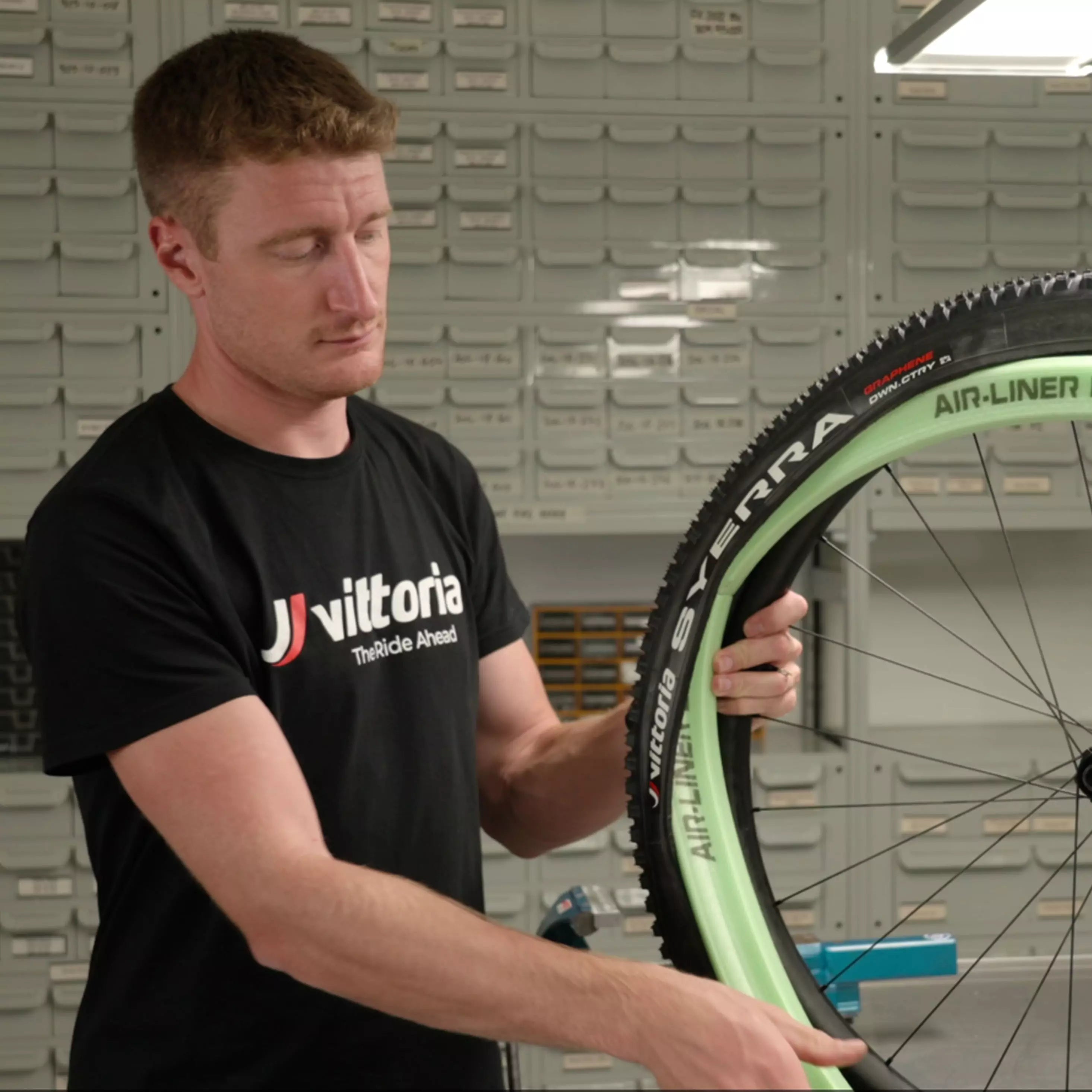How can I prevent a bike tyre puncture?
How can I prevent a bike tyre puncture?
- Ensure that your tyre is used for the right riding surface. For example, using a Corsa on rough roads with sharp objects increases the chances of flatting.
- Avoid foreign bodies in the tyre such as a thorn, staple, piece of glass or debris etc. Usually you can find the culprit if you very thoroughly run your fingers along the inside of the tyre. Glass can be embedded into a cut in a tyre and until you squeeze the tire at the cut put you cannot actually see it.
- Ensure your rim tape is not shifted up: Check your rim tapes, they may have shifted up to one side of the rim, thus exposing a spoke hole, or in fact creating an area where the tape can pinch the tube.
- Check for broken rim tape for small cracks over spoke holes, again this will pinch and puncture the tube.
When to replace a tyre?
- Worn down tread. If your tyre’s tread pattern is slowly disappearing, and your tire is starting to lose grip/starting to look like a slick, it could be time to replace your tyre.
- Cracked rubber. If the rubber on the tread strip starts cracking.
- Continuous flats may indicate that the tyre is at the end of its lifecycle.
- If there are any nicks or cuts in the tyre.
- Bubbles and deformities. If you see unusual shapes around your tyre.
- Mileage. Depending on the model and how you have looked after your tyre, it could be time to replace your tyre. When the puncture protection belt or carcass threads can be seen through the tread of the tyre, the tire has reached its wear limit. In general, a Corsa should be replaced between 3000-5000 kilometres depending on how you’ve looked after it.
How do you prevent tyre wear?
- Avoid foreign bodies in the tyre such as a thorn, staple, piece of glass or debris etc. Usually you can find the culprit if you very thoroughly run your fingers along the inside of the tyre. Glass can be embedded into a cut in a tyre and until you squeeze the tyre at the cut put you cannot actually see it.
- Ensure your rim tape is not shifted up: Check your rim tapes, they may have shifted up to one side of the rim, thus exposing a spoke hole, or in fact creating an area where the tape can pinch the tube.
- Check for broken rim tape for small cracks over spoke holes, again this will pinch and puncture the tube.
- The tire may simply be wearing out. As an example, for race tyres, the tread depth can be no more than 2mm, so if its 50% worn out, that’s just 1mm of rubber and hence you have essentially lost 50% of the resistance to a puncture or having something penetrate your tyre.
- Quick check: if all else fails, it is suggested to swap tires to check whether it is a wheel or a tyre issue. Meaning, if the tyre goes from the front to the rear of the bicycle and it still punctures, it is most likely a tyre problem. However, if the tyre that went from the rear to the front punctures, then it’s most likely a wheel/rim issue.
What are the causes of premature tyre wear?
- Premature tyre wear can occur if the tyre is not used for the correct riding surface. For example, using a Corsa on rough roads with sharp objects increases the chances of flatting.
- Looking after your tires is important. After a ride it is recommended to clean your tyres and identify any foreign bodies in the tyre such as a thorn, staple, piece of glass etc.
- Over inflation or under inflation. Using the recommended tyre pressure is critical to ensure the right usage of your tyre. If the air pressure is too low, the tyre cannot take the heavy load, causing the side of the tyre to deform. Recommended tyre pressure is always stated on the side of the tyre.
- Tyre bead seating/uneven fitting. Ensure that your tyre is fitted correctly to the rim/wheel.
- Worn out tread. If the tyre has been used aggressively, it is likely that the tread depth has decreased, and herewith increasing the chances of flatting.
How long do e-bike tires last?
It is virtually impossible to say how long a tyre will last as this depends on a number of variables, such as type of terrain on which it is used, the weight it has to bear (bike plus cyclist), the air pressure used, the amount of power produced by the user and the e-bike, the cyclist's riding style and so on. However, Vittoria uses its 4C layering system and Graphene compounds to make sure that our e-bike tyres will resist the extreme torque and power of e-bikes, as well as the added weight.
How long can bike tyres be stored?
How long bicycle tyres can be stored depends on a variety of variables including their age, how many kilometers you’ve ridden them for, the location that they’re kept and how much you take care of your tyres. As long as you keep them in a cool, dark, dry place then Vittoria bicycle tyres are safe to use for up to 6 years after manufacturing.
How should a perfect rubber compound be for my bike?
The perfect rubber compound depends on your specific needs. In general, softer compounds will provide more grip, but will wear faster; harder compounds will provide more resistance, durability and speed, but will have less grip. Since there is no one perfect rubber compound, we at Vittoria use multiple compounds for our high performance tyres, layering them in a way which will provide the best for every situation. Find out more about compounds here.
Why is the bike tyre tread important?
The tyre tread is the part that is actually in contact with whichever surface you are riding on. Especially in mountain biking this is incredibly important as it will provide the control you need for different types of terrain. For example, mud needs a tread that is more open and knobs that can dig into the terrain, but also have enough contact surface to provide traction on rocks, roots and the hardpack dirt beneath the mud. On road and urban tyres, the tread can help give more grip over rough or wet surfaces, by adding flexibility to the tread and conforming better to the surface.
What is meant by rolling resistance? What is it caused by?
Rolling resistance is the drag or friction resisting movement. In the case of tyres, it is caused mainly by non-elastic forces such as hysteris and plastic deformation. In simple terms this is the tyre absorbing some of the energy that is put into it when it deforms (under weight or impact). Rolling resistance is affected by not only the material of which the tyre is made, but also by the the combination of the air pressure in the tyre, the surface the tyre is running over and the weight put over the tyre.
What is better wide or narrow tyres in terms of rolling resistance? Why do professional road racers use narrow tyres?
In real life conditions, wider is better for rolling resistance. A wider tyre will have a shorter contact patch with the surface it is rolling over compared to a narrow tyre. This shorter contact patch causes less deformation of the tyre, which in turn leads to less rolling resistance. Professional road racers have to balance between rolling resistance, aerodynamic drag and weight; a wider tyre may have less rolling resistance, but it will generally be heavier and if it becomes too much wider than the rim it is mounted on, will offer more aerodynamic drag. Comfort, which a wider tyre will also bring, is not a factor taken into consideration by pro riders, making them chose tyres relatively more narrow than most recreational users. Nonetheless, most pros now use at least 25mm tubulars for regular road races and up to 30mm tyres for races with cobbles or dirt roads.
Why is the inflation pressure of bike tyres important?
The air inside a tyre serves three main purposes - first to keep it in place so it doesn't come off the wheel, second to support the weight of the bike and rider and third to absorb shock. It also affects rolling resistance and grip. In general terms, the correct tyre pressure will depend on how flexible the tyre is (higher TPI = more flexible, needs more pressure), the weight it needs to support (more weight needs higher pressures), the terrain the tyre is rolling over (rougher terrain needs lower pressures) and finally rider preference and riding style! Some riders prefer less damping from the tyre (higher pressure), such as professional road sprinters, while others will prefer a tyre that will give more traction and shock absorption (lower pressure), such as perhaps and Enduro rider.
How often should I check my bike tyre inflation pressure? How often should I pump up my bicycle tyres?
Every single time you ride! Checking your tyre pressure before your ride is, most of all, a safety measure! Not only it is a way to identify a slow leak from a puncture that happened from your previous ride, it can also prevent flats due to under inflated tyres. You might also want to use different pressures for different terrains or weather conditions (lower for rough or wet)
What is the correct bike tyre pressure? How to check the correct inflation pressure for my bike tyre?
First you should check the recommended tyre pressure range printed on the side of your tyre, then you should check maximum pressure allowed by your wheel manufacturer. Given this range to work with, you need to decide whether you want a bit more shock absorption and grip - inflating toward the lower end of the pressure range - or more speed and a firmer feel - inflating closer to the top end of the pressure range
What happens if you put too much air in your bike tyres?
A tyre with too much air will become hard and will not be able to work the way it is supposed to; it will not be able to absorb shock, making the ride very choppy and unconfortable and will not be able to conform to the terrain, meaning it will lose traction. A tyre with too much air can be dangerous as it can burst, 'pop' off the wheel or slide.
Do you have any question?
If you don’t find the answer to your question in our FAQs, you can send us a message by filling out
the form below
More from Academy

Materials

Tutorials
